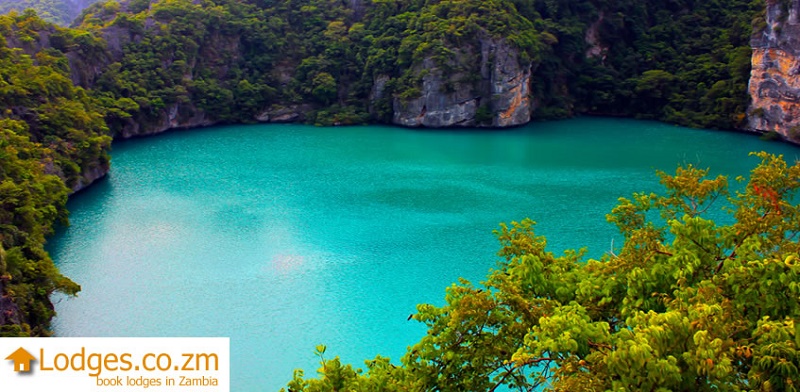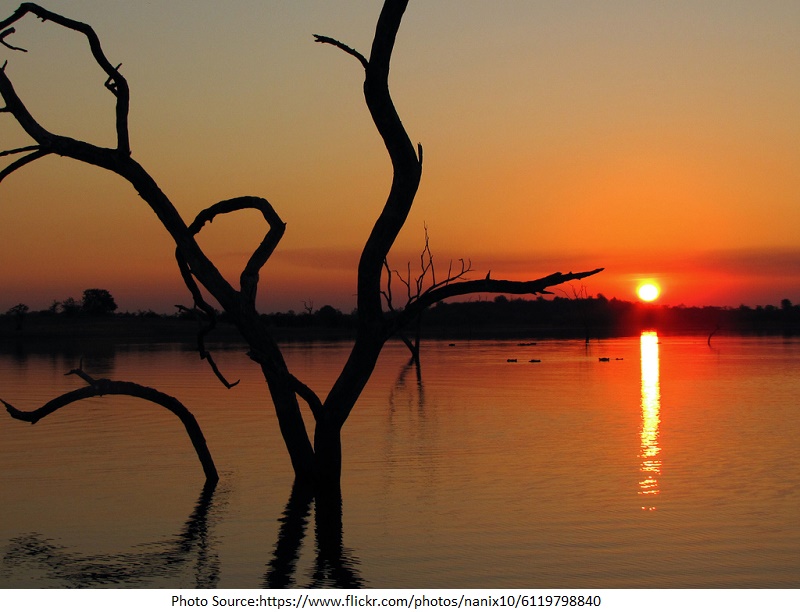The History of Annapurna Base Camp Trek: From First Ascent to Popular Destination
The Annapurna Base Camp (ABC) trek is now one of the most sought-after trekking adventures in the world, attracting thousands of trekkers annually. However, the story of how this trek evolved into a popular destination is a fascinating journey that dates back to the early days of mountaineering in the Himalayas. From the first daring ascent of Annapurna I to the establishment of the trek as a must-visit for adventurers, the history of the Annapurna Base Camp trek is rich with exploration, challenges, and the spirit of adventure.
1. The First Ascent of Annapurna I: A Landmark in Mountaineering
The story of the Annapurna Base Camp trek begins with the historic ascent of Annapurna I, one of the world’s highest peaks at 8,091 meters (26,545 feet). This was a groundbreaking event in the world of mountaineering for several reasons.
The 1950 Expedition
In 1950, a French expedition led by Maurice Herzog and Louis Lachenal achieved what was then considered nearly impossible: they became the first humans to reach the summit of an 8,000-meter peak. This was before the first successful ascent of Mount Everest, making it a monumental achievement in the history of mountaineering.
- Challenges Faced: The expedition was fraught with difficulties, including harsh weather conditions, lack of proper equipment, and the limited knowledge of high-altitude climbing techniques. The team had to make critical decisions, such as choosing a route in an area that was largely uncharted at the time.
- Aftermath: Both Herzog and Lachenal suffered severe frostbite during the descent, resulting in amputations. However, their successful ascent was a landmark event that inspired future generations of climbers and trekkers to explore the Annapurna region.
Impact on Trekking in the Annapurna Region
The successful ascent of Annapurna I put the region on the map for climbers and adventurers worldwide. It sparked an interest in exploring the rugged beauty of the Himalayas and set the stage for the development of trekking routes, including the Annapurna Base Camp trek.
2. The Development of the Annapurna Base Camp Trek
After the initial ascent of Annapurna I, interest in the region grew rapidly. However, it wasn’t until the 1960s and 1970s that trekking as a leisure activity started gaining popularity. During this time, Nepal began to open its doors to international tourists, and the trekking industry began to flourish.
Establishment of Trekking Routes
- Pioneering Trekkers: Early trekkers to the Annapurna region were often explorers and mountaineers who mapped out the trails and shared their experiences. Their explorations contributed to the establishment of what would become the Annapurna Base Camp trek.
- The Annapurna Sanctuary: The area leading to the base of Annapurna was often referred to as the “Annapurna Sanctuary,” a natural amphitheater surrounded by some of the tallest peaks in the world. The trek to this sanctuary became known as the Annapurna Base Camp trek, offering a unique opportunity to experience the Himalayas up close.
Creation of the Annapurna Conservation Area
In 1986, the Annapurna Conservation Area Project (ACAP) was established, covering an area of 7,629 square kilometers. This was Nepal’s first and largest conservation area, aimed at preserving the region’s unique biodiversity and promoting sustainable tourism. The development of the conservation area was pivotal in transforming the Annapurna Base Camp trek into a well-managed and environmentally conscious trekking route.
Growth of Trekking Infrastructure
With the increasing popularity of the trek, the infrastructure along the route improved significantly:
- Teahouses and Lodges: Local entrepreneurs began setting up teahouses and lodges along the trekking route, providing accommodation and food for trekkers. This development made the trek accessible to a broader range of adventurers, from solo trekkers to larger groups.
- Guided Trekking Services: Agencies like Tidy Himalaya Trekking Agency began offering guided treks to Annapurna Base Camp, ensuring that even beginners could safely experience the beauty of the Himalayas. These agencies provide valuable services, including arranging permits, organizing accommodation, and offering insights into local culture and natural history.
3. Annapurna Base Camp Trek Today: A Popular Destination
Today, the Annapurna Base Camp trek is one of the most popular trekking destinations in Nepal, attracting adventurers from all over the globe. Its appeal lies in the combination of stunning natural scenery, cultural experiences, and the sense of achievement that comes with reaching the base of one of the world’s highest mountains.
Best Time to Visit Annapurna Base Camp
The best time to visit Annapurna Base Camp is during the pre-monsoon (March to May) and post-monsoon (September to November) seasons. During these times, the weather is generally stable, with clear skies and pleasant temperatures. In spring, the trail is adorned with blooming rhododendrons, while autumn offers crisp, clear views of the surrounding peaks.
Beginners Guide to Annapurna Base Camp
For those new to trekking, the Annapurna Base Camp trek offers an excellent introduction to high-altitude trekking:
- Moderate Difficulty: While the trek involves significant elevation gain, it is considered moderately challenging and suitable for beginners in good physical condition.
- Cultural Experiences: Along the way, trekkers have the opportunity to interact with local Gurung and Magar communities, gaining insights into their traditions and way of life.
- Scenic Diversity: The trek takes you through diverse landscapes, from subtropical forests to alpine meadows, providing a comprehensive Himalayan experience.
How to Prepare for Annapurna Base Camp
Preparation is key to a successful Annapurna Base Camp trek. Here are some tips on how to prepare:
- Physical Fitness: Start training at least a few months in advance. Cardiovascular exercises like hiking, running, and cycling will help build the stamina needed for the trek.
- Gear and Equipment: Invest in good-quality trekking gear, including waterproof boots, layered clothing, and a sturdy backpack. Agencies like Tidy Himalaya Trekking can provide detailed packing lists to ensure you have all the essentials.
- Acclimatization: Although the risk of altitude sickness is lower on the Annapurna Base Camp trek compared to higher-altitude treks, it’s still essential to acclimatize properly. Take your time, hydrate well, and listen to your body.
4. The Future of Annapurna Base Camp Trekking
As trekking continues to grow in popularity, it’s important to consider the sustainability of the Annapurna Base Camp trek. The region has seen an increase in visitors over the years, which has both positive and negative impacts:
- Positive Impact: Trekking tourism provides a vital source of income for local communities and supports conservation efforts in the region. Initiatives like the ACAP have been instrumental in promoting sustainable practices and preserving the natural environment.
- Challenges: Increased foot traffic can lead to environmental degradation, including trail erosion and waste management issues. Trekkers are encouraged to follow Leave No Trace principles and support responsible trekking practices.
Conclusion
The Annapurna Base Camp trek has come a long way from its early days of exploration and first ascents. Today, it stands as a testament to the allure of the Himalayas, offering trekkers a chance to immerse themselves in the natural beauty and cultural richness of the region. From the historic first ascent of Annapurna I to its current status as a world-renowned trekking destination, the ABC trek continues to inspire and challenge adventurers from all walks of life.
Whether you’re a seasoned trekker or a beginner, the Annapurna Base Camp trek is a journey that promises not only breathtaking scenery but also a deep connection with the history and spirit of mountaineering. As you prepare for your adventure, remember that this trek is not just about reaching a destination—it’s about experiencing the legacy of exploration and the timeless beauty of the Himalayas.
Recommendation Read on Photographic Guide to ABC Camp: https://articleusa.com/photographic-guide-to-annapurna-base-camp-tidy-himalaya/




